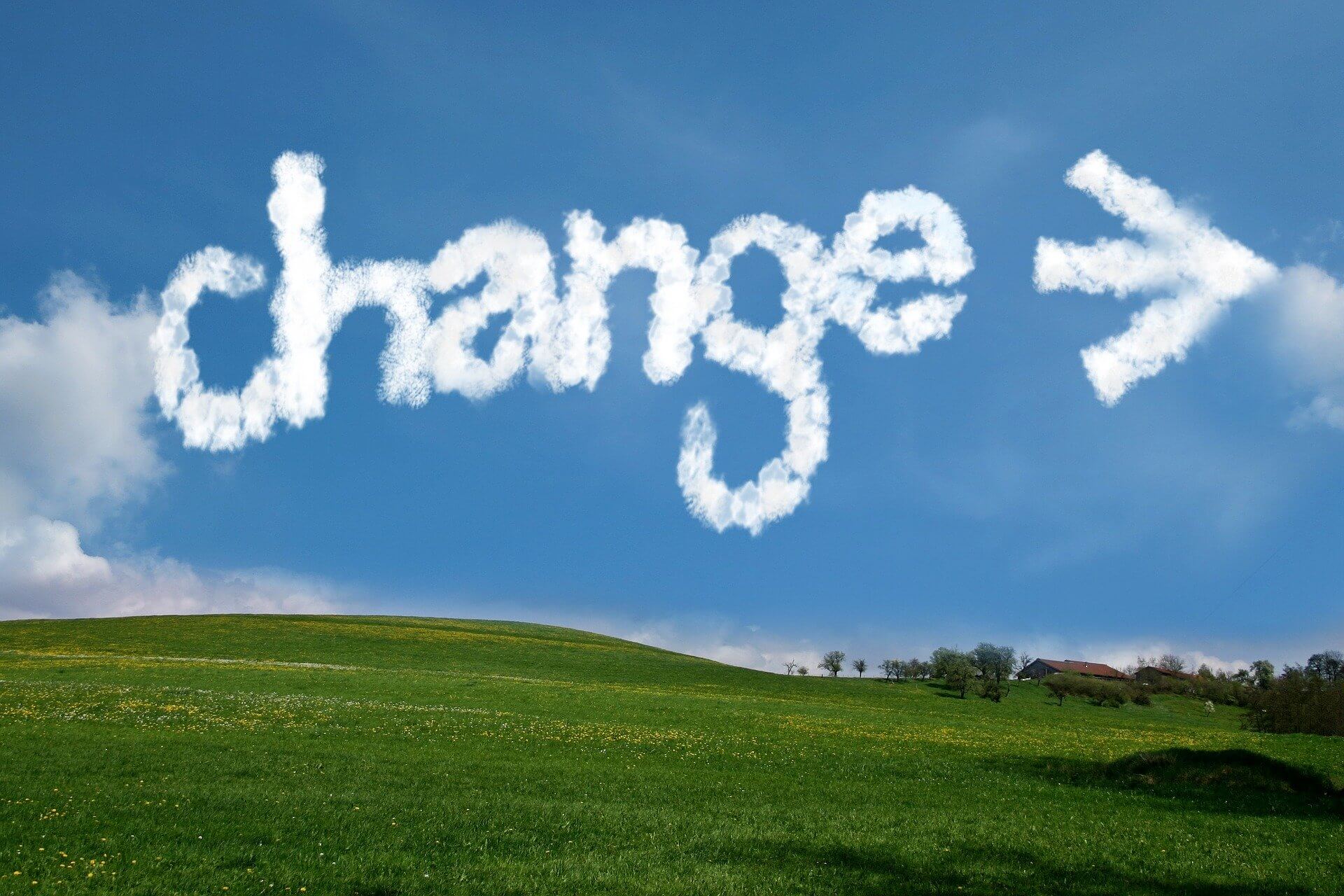Change Your Organization’s Weather

Wildfires are much more prevalent these days across the globe. They have the potential of burning large areas in just days or weeks. There is usually a great deal of struggle in containing such wildfires, with the risks of homes and lives being lost looming over those who battle the fires.
Certain weather conditions – low humidity, high heat, and strong winds – make things worse. Experts have described how wildfires “create their own weather,” which causes even worse conditions for controlling the spread of the flames.
How Wildfires Create Weather
This post by the Phoenix, AZ, ABC affiliate describes the circumstances of “fire weather creation” very well. In a nutshell:
A burning tree provides fuel (wood & sap). When the flames reach the top of the tree, the water in the tree is turned to hot vapor – steam – which rises quickly. The hot, rising steam creates hot winds, which fan the flames and carry embers – hot, burning “coals” – beyond fire breaks to create new fires in surrounding areas. The more trees that burn, the hotter the winds, the livelier the embers, etc. which set more trees aflame. It is a dangerous environment for firefighters, air support equipment & personnel, and homeowners.


If “no stone is left unturned” in generating ways to be more productive & efficient, your culture values change and inclusion to solve issues.
How Organizations Create “Cultural” Weather
Just as wildfires create weather that reinforces and extends the fire, organizations create “cultural” weather that reinforces and extends their cultures. If that’s a positive culture, that’s a great thing. However, if it’s a less-than-positive culture, it makes it more difficult to refine the culture to a more positive one.
Some of the ways that organizations reinforce and extend their existing culture include:
Practices
Whether explicit (formally defined) or implicit (normed behavior which is not formalized), practices are powerful “maintainers” of culture. Practices include how decisions are made, how inclusive discussions are, how transparent the organization is, and how leaders see their role (dictating, cooperating, etc.).
Idea Consideration
If problems are ongoing, never quite get resolved, and “out of the box” suggestions are quashed, your organization’s culture is actively maintaining the status quo. If “no stone is left unturned” in generating ways to be more productive & efficient, your culture values change and inclusion to solve issues.
Incentives
Whether intentional or not, incentives drive behaviors that maintain existing practices. If your organization desires a team-based culture yet provides only individual compensation, teaming behavior will be quashed. If bonuses are paid when “kinda unethical” behavior occurs (like selling lots of widgets at the end of the quarter to generate commissions, then accepting returns on those widgets the next month), that behavior will be normed (embedded) and will occur again and again.
Hiring
Who gets hired for leadership or frontline roles exposes a culture’s bias for new thinking or “it ain’t broke” (even if it is broke) approaches. If your organization values fresh perspective and new approaches, it will hire people who bring those skills.
Change Your Organization’s Weather
It is much easier to maintain how things are – the status quo – than to change things. Yet, if your organization’s culture does not serve employees, customers, and stakeholders equally well, culture change is needed.
Blanchard’s proven culture change process can help your senior leaders 1) craft their desired values and behaviors, 2) socialize those behaviors, 3) embed those behaviors, and 4) measure how well those behaviors are demonstrated in every interaction.
This approach will change your organization’s weather for the GOOD.

CAREER ADVICE

GOV TALK




